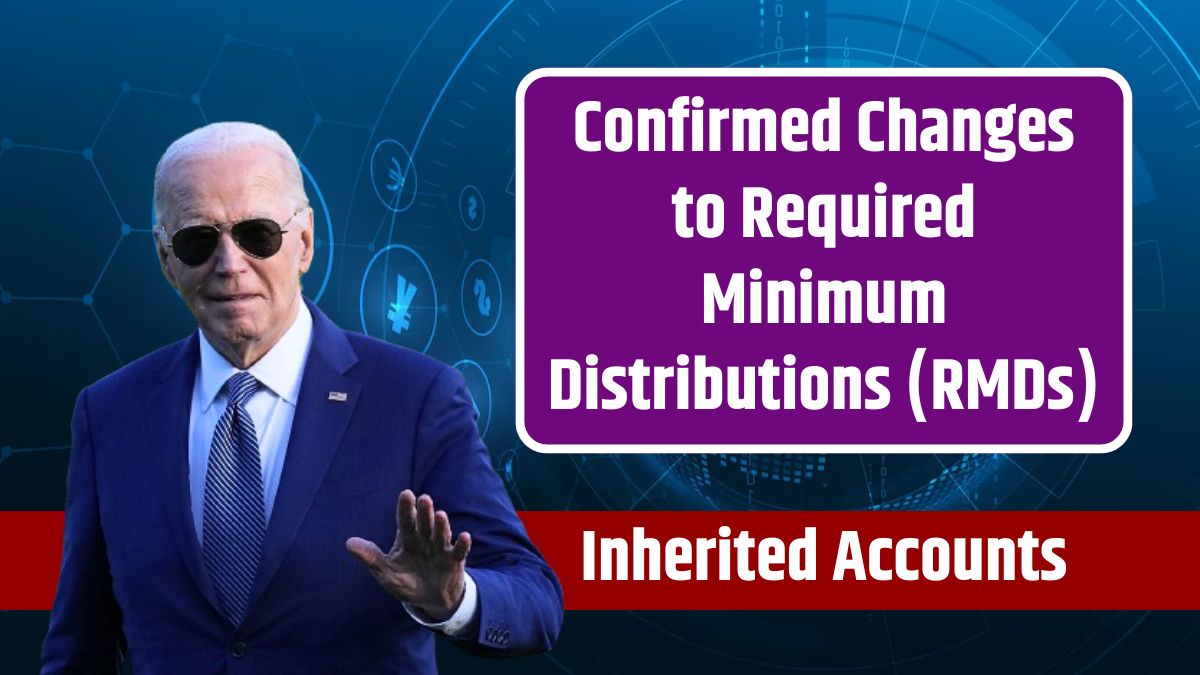Retirement accounts aren’t solely for the original account holders. They can be passed on to heirs, allowing them to benefit from years of savings. However, beneficiaries have long faced challenges in knowing how and when to withdraw funds from these accounts, which remains a significant issue.
Secure Act Changes
The Secure Act of 2019 introduced a significant change: beneficiaries must empty inherited accounts within ten years. However, it left many details unclear. Recently, the IRS clarified these rules, outlining distribution frequencies and requirements. Importantly, these rules do not apply to “qualified designated beneficiaries” like spouses, minor children, and individuals with disabilities or chronic illnesses.
Inheritance Process
Inheriting assets is not automatic. The probate process can take nearly two years and be costly. This extended leeway is crucial, giving heirs time to make informed financial decisions after losing a loved one.
RMD Rules
A key concept in withdrawals from inherited accounts is the Required Minimum Distributions (RMDs). These are the minimum yearly withdrawals mandated by the federal government from most retirement accounts, except Roth accounts. The new rules offer different scenarios based on whether the original owner had started RMDs.
RMD Scenarios
- Original Owner Started RMDs: Beneficiaries must withdraw funds annually over ten years.
- Original Owner Didn’t Start RMDs: Beneficiaries can withdraw the entire balance at any time within ten years.
These regulations take effect on September 17, 2024, with RMD calculations starting January 1, 2025. The ten-year withdrawal period is fixed from the inheritance date, and beneficiaries won’t need to take retroactive RMDs.
Rule Details
Jeff Levine, Chief Planning Officer at Buckingham Wealth Partners, provided detailed insights on these regulations via social media. He highlighted the complexity due to changes in the age requirements for RMDs since the Secure Act of 2019 and its successor, the Secure 2.0 Act of 2022. The age was initially 70.5, then 72, currently 73, and will increase to 75 by 2033. The type of investments in the account, whether Roth or traditional, also affects distribution treatment.
Delayed RMDs
Recently, the IRS allowed beneficiaries to delay RMDs from inherited IRAs without penalty. Typically, failing to take an RMD results in a penalty of 25% of the amount that should have been withdrawn. For instance, if the RMD for 2024 is $1,000, the penalty would be $250.
Despite not needing to take RMDs this year, some beneficiaries might withdraw funds earlier. This decision depends on personal financial strategies, such as allowing account balances to grow or avoiding higher RMDs and potential future tax consequences.
Professional Guidance
Given the complexity and financial implications, beneficiaries should consult with a qualified professional managing their inherited assets. Professional advice can help navigate these regulations and optimize withdrawal strategies according to personal financial goals.
Navigating the intricacies of inherited retirement accounts can be challenging, but knowing these new rules and seeking professional guidance can help beneficiaries make informed decisions. By knowing their options and obligations, they can better manage their inherited wealth and secure their financial future.
FAQs
What is an RMD?
An RMD is a Required Minimum Distribution from a retirement account.
Who must follow the new ten-year rule?
Non-qualified designated beneficiaries must empty accounts within ten years.
When do the new RMD rules start?
The new rules start on January 1, 2025.
Are there penalties for not taking RMDs?
Yes, typically a 25% penalty of the RMD amount applies.
Who is exempt from these new rules?
Qualified designated beneficiaries like spouses and minor children are exempt.
